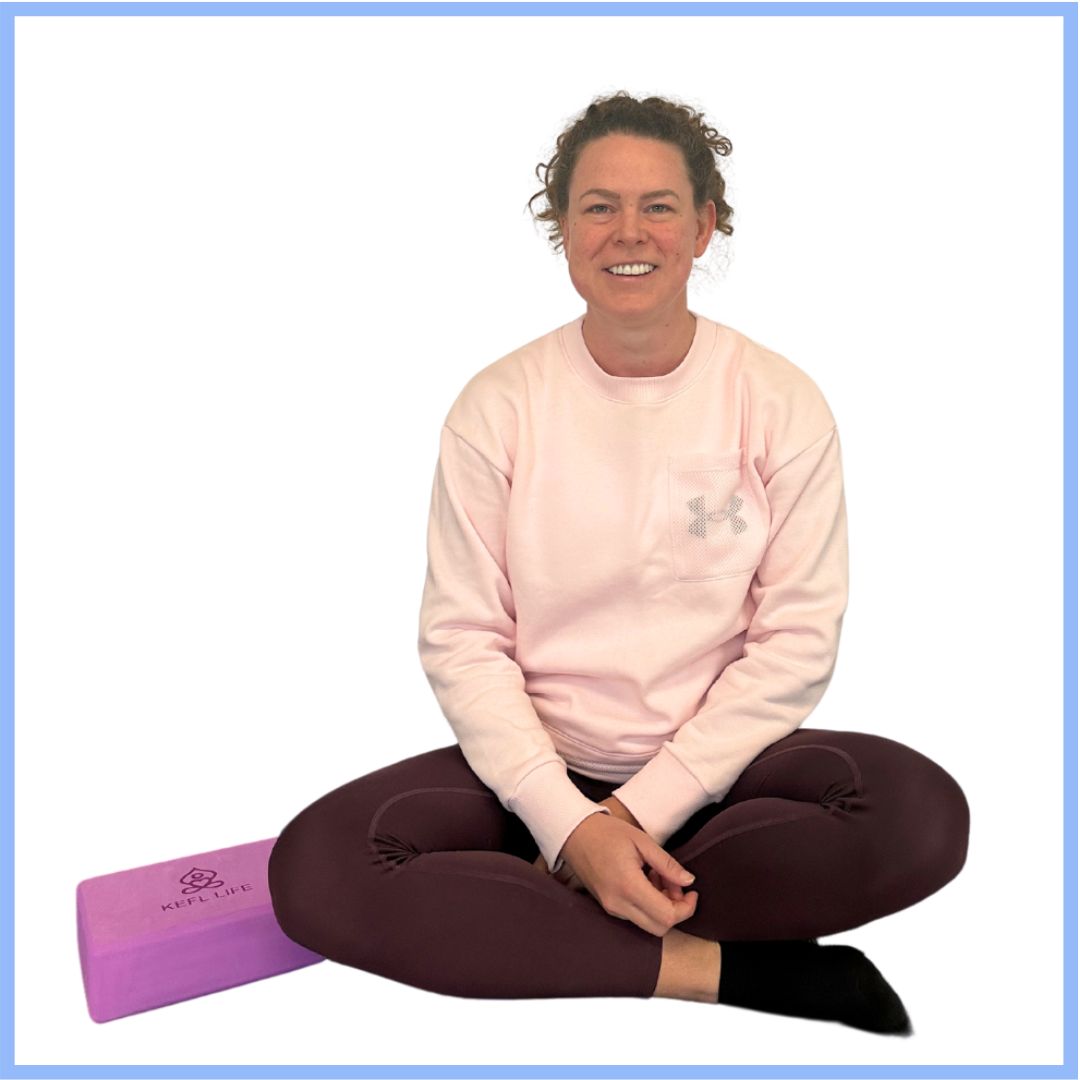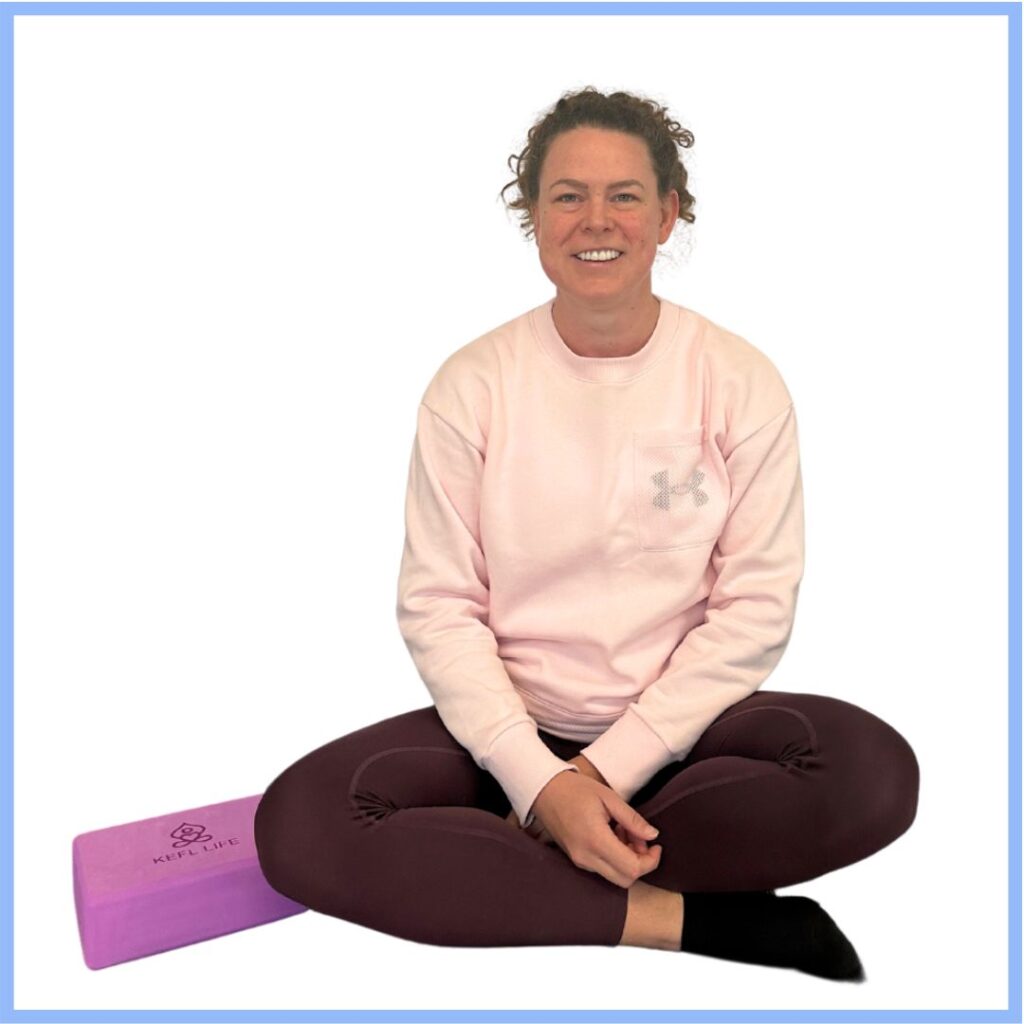
If you don’t use it, you lose it – the importance of aging actively
1 August 2024This month’s blog post is written by Rehab Hub pilates instructor Laura Collin. To find more information about her, scroll down to the bottom of the page.
My journey in fitness began back in 2007 with a Level 2 Exercise & Fitness Knowledge and Gym Instructing qualification. Over the years, new data has emerged on staying active as we age, but it all boils down to one simple truth; our bodies must be kept moving every day!
We need to stress our bodies just enough to progress. Not enough stress and we plateau, too much and we regress. Think about this – if you go on holiday for two weeks and spend your days lounging by the pool, you’ll find it tougher to exercise when you return. Here are some fascinating facts:
- With inactivity, flexibility gains are lost daily.
- Strength gains are lost after 2-3 weeks of inactivity.
- After 4-6 weeks of inactivity, cardiovascular fitness declines.
- Neurological gains are lost after 6-12 weeks of inactivity.
Scary, right? This is why we must keep moving. Simple actions like making a cup of tea, taking the stairs instead of the escalator, and walking to the shop all count. Pilates, combined with an active lifestyle, can significantly slow down the aging process. If you have a sedentary job, an hour of pilates alone won’t offset the time spent sitting. It’s about staying active throughout the day. Did you know that staying active can slow the aging process by up to 25%?
Daily movement is important as all movement is neural, and as we age, our nerves start to die—a natural process. Less movement leads to a decline in neural activity, accelerating aging. Our Central Nervous System (CNS) branches into two sections; sensory, which sends information from sight, sound, touch, etc., to the brain, and peripheral, which sends messages from the brain to the body to perform actions.
The Peripheral Nervous System (PNS) consists of nerves that instruct muscles when to contract and relax. Without activity, this system declines, leading to muscle loss and a cycle of deterioration:
- Decline in the neural system
- Loss of muscle mass (essential for regulating metabolism)
- Less mobile joints, which start to “dry up”
- Decline in spine health, leading to shorter stature
- Changes in cardiovascular and respiratory systems
- Changes in brain health
- Increased risk of falls and bone fractures
- Accelerated aging
So, what can we do to slow down the aging process?
- Keep your core strong – do pilates! No movement leads to a decline in neural activity of the ‘core,’ reducing spine support. In Pilates, focus on controlled movements to engage your full core system, supporting your spine and maintaining your height. Look up these muscles: Pelvic Floor, Transverse Abdominus (TVA), Diaphragm, Internal and External Obliques, Quadratus Lumborum, Multifidus & Spinalis, Iliopsoas.
- Walk every day – there’s something wonderful about being out in nature. Walking outdoors is free! To avoid a fitness plateau, vary your walks: one day a fast 20-minute walk, the next a longer, slower one.
- Embrace challenging pilates movements – the movements you find awkward are often the ones you need most. Keep doing them to combat neural decline. Remember, if you don’t use it, you lose it!
- Take ownership of your health – healthcare starts at home. Invest in exercise and quality food to stay healthy and fit. Consult experts when needed. For instance, a physiotherapist for a knee injury or a health coach for high blood pressure. Learning from the best helps prevent disease.
“If you squeezed out all the water from your brain, a whopping 60% of the ‘dry weight’ would be fat. These fats are always being replenished, so it’s crucial to know which kind will feed your brain best.” – Patrick Holford, Optimal Nutrition For The Mind
Here’s a quick diet tip – remove table salt from your diet. Opt for Celtic salt, unrefined sea salt, or pink Himalayan salt. A member mentioned their nurse advised cutting down on salt due to high blood pressure. While there’s some truth in this, it’s crucial to focus on the quality of the salt. Table salt is mostly sodium chloride, but our bodies need a balance of sodium and potassium. Choose better salts and cut out processed foods.
Inspiration and more resources
Consider your current lifestyle and make small changes to keep moving. If you want to learn more, check out these experts
- Dr. William Li – “Eat To Beat Disease”
- Dr. Mark Hyman
- Dr. David Unwin – Award-winning GP helping patients reverse type 2 Diabetes
- Dr. Rangan Chatterjee
- Dr. Ken Berry
- Dale Pinnock
- Dr. Mindy Pelz – For female health
“Add life to your years, not years to your life!” – Dr. Mark Hyman
Let’s keep moving and stay young together!
Laura runs classes here at the Rehab Hub on Tuesday lunchtimes and Friday mornings. Please enquire with us if you are interested in those classes, or visit her website for more info about her and her full timetable.
About Laura Collin

Laura Collin
Pilates Instructor at The Rehab Hub
I am a fully qualified exercise and Pilates instructor and teacher, I have been teaching for over 20yrs.
When I started working in the fitness industry, I was regularly taking high-impact exercise classes. I knew I needed to take care of my body, so I decided to try Pilates and I loved it! With regular practice, I became more aware of my posture and discovered how to move my body better. I became more flexible, stronger, more balanced and I’d leave my Pilates sessions feeling calm and relaxed. That’s when I decided to train to be a Pilates instructor so I could help other people feel as good in their bodies and mind as I did.
As an added bonus Pilates has been brilliant in helping me to improve my golf. I started playing golf when I was 13yrs old, my Dad was a professional golfer, so it had to happen! Over the years I’ve played at club, county and national levels and I am very proud to have reached the semi-finals of the British Ladies Amateur Match Play Championship. I currently have a handicap of zero and hold the course record for Amateur Ladies Golf at both the John ’O Gaunt and Carthagena courses at John O’Gaunt Golf Club.

